Mark a century of Lincoln by the Continental, its most significant model
Before Lincoln was Lincoln, it was Cadillac. And before Cadillac was Cadillac, it was the Henry Ford Company. However, investors fired Henry in March 1902 after just four months, leaving him with a lifelong disdain for bankers and financiers. The investors brought in Henry Leland, a well-respected Detroit business figure and pioneer in high-precision manufacturing, to evaluate what Ford had left behind. Ford was out, Leland was in, and Ford would never forget it.
Leland suggested that the investors reorganize and build a new car using an engine of his own design. The Henry Ford Company became the Cadillac Automobile Company, named in honor of Detroit’s founder, Antoine de la Mothe Cadillac. With Leland’s emphasis on precision manufacturing, Cadillac was soon considered one of the finest automakers in the country, if not the world. General Motors, led by William C. “Billy” Durant, purchased Cadillac in 1909 for $4.5 million. Durant promised that Leland, aided by Leland’s son Wilfred, would have free rein to run Cadillac.
After a falling out with Durant, the Lelands resigned and in August 1917, they founded the Lincoln Motor Company. As with Cadillac, the new enterprise was named for a historic figure, in this case the late president, and the company began building aircraft engines for World War I. The war ended in November 1918 and the Lelands were left with a large, expensive factory, canceled government contracts, and no income. They decided to retool and build an automobile instead, with the first Lincoln motor car debuting in September 1920. Unfortunately, material shortages, labor strikes, poor sales, and a postwar depression all conspired against Lincoln; by 1922, the company was in receivership. A savior was needed. Enter Henry Ford and his only child, Edsel: Father and son would rescue father and son.
Where some parents might buy their children a car, Henry bought his son a car company. By 1919, Ford had bought out all of his stockholders, with Edsel, aged 26, serving as the company’s president but Henry pulling the strings. The Ford Motor Company was run more like a small-town family business than the largest automaker in the world, with enormous wealth concentrated in the hands of a few. Henry wrote a $12 million check ($199 million in today’s money) to buy Lincoln and pay off its creditors as easily as we might pay our cable bill. The fate of the Lelands was now in Henry Ford’s hands—and Henry made sure they knew it.
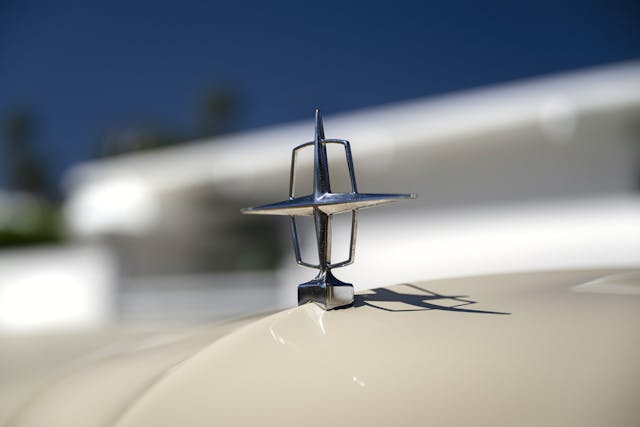
Despite their initial hopes for a successful merger, the Lelands soon learned that their management style was the exact opposite of Ford’s, which was at best arbitrary but more frequently abusive. Employees were fired on the spot for simply having their hands in their pockets, or sitting on a stool, or leaning against machinery. “If the work of certain clerks in the shop is not wanted, why tell them so? Smash their desks,” was the Ford approach to human resources. When challenged by the Lelands, one Ford manager stated, “The general impression is that you think yourselves exclusive. You are no different from me or anyone else—no different from any Ford plant.”
It was too much for the Lelands. Wilfred wrote several times to Ford, begging him to sell Lincoln back to them. Ford did not reply; his response instead was to send two of his lieutenants to end the association. “You better go over,” Ford said, “and tell Wilfred we don’t want him anymore.” The Lelands were told to take their personal belongings with them and were given a mere two weeks’ severance. The whole affair had barely lasted four months; the Lelands would never speak to Henry or Edsel again.
The parallel between the Lelands and the Fords, of father working alongside son, is an interesting one, but the comparison ends there. Although Henry Leland and Wilfred worked well with each other, Henry Ford could not have been more different from Edsel. Henry was proud of his ignorance, coarse and unrefined, stuck in his old ways and always looking to the past. Edsel was gentle and soft-spoken, a lover of fine arts and culture, with an eye to the future. It was his artistic vision that was responsible for the Model A that finally replaced the long-lived but woefully outdated Model T, and Lincoln would benefit tremendously from Edsel’s talents. Henry wanted to sell the most cars. Edsel wanted to sell the best.
Lincoln became Edsel’s personal playground, a place where he could let his imagination roam and bring his ideas to life. The introduction of the Lincoln Zephyr in 1936 showed what he could do with a blank canvas and the unlimited resources of Ford at his disposal. The Zephyr’s streamlined shape, while borrowing from the earlier Chrysler Airflow, was nonetheless fresh and new. It also looked to the future (though taking another nod from the Airflow) with its unibody construction. Lincoln sales in the Zephyr’s first year hit 15,000, nine times that of the previous year. It saved Lincoln from extinction and was the foundation of Edsel’s next styling triumph.
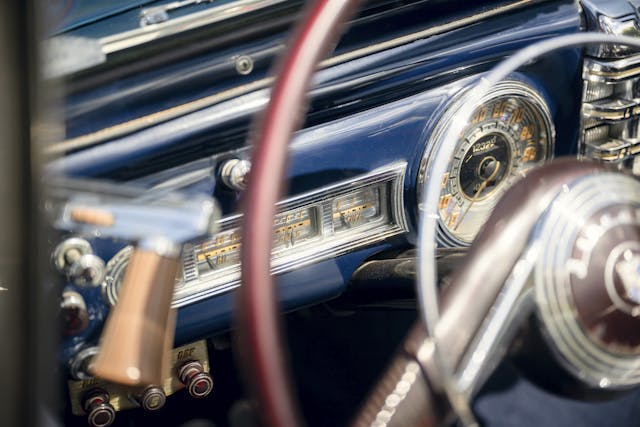
Edsel had traveled regularly to Europe throughout his life and was dazzled by the continent’s many beautiful marques with their gorgeous, custom coachbuilt bodywork. In 1938, he commissioned a one-off car to take on his annual Florida vacation. When the company is your playground, you can do these kinds of things. Chief stylist E.T. “Bob” Gregorie used the Zephyr as the basis of his design and sketched a convertible with a new body, a long hood, and a rear-mounted spare tire due to the lack of trunk room. The name “Continental” was chosen as a nod to its European inspiration. The car was such a great success with Edsel’s well-to-do Florida friends, he sent a telegram back to Michigan saying he could sell a thousand Continentals.
The battles between Edsel and his father increased in severity as Old Henry got older and became increasingly autocratic. Seeking ways to counter his father’s grip on Ford, Edsel suggested the company go public. Henry was incensed and would not consider going public. He was constantly interrogating people who knew about Edsel’s private life and even had a paid informant posing as one of Edsel’s servants to report on Edsel’s activities at home.
The stress was constant and eventually became too much. Edsel died after a long battle with stomach cancer on May 26, 1943, aged just 49. His contentious relationship with his father, many believe, contributed to his demise. With Edsel went Lincoln’s main patron and its flair for design. Henry Ford II, the eldest of Edsel’s three boys, took over the company in 1945; after the elder Henry suffered a series of strokes and died on April 7, 1947, he ran it as his own personal fiefdom for 35 years.
Known as “Hank the Deuce,” he was more like his namesake than his father—rude, crude, and unrefined. He knew the car business, though, and guided the company well during his tenure. He dominated and bullied his younger brothers; William Clay briefly ran the Continental Division until it merged with Lincoln, while Benson later headed up the Lincoln-Mercury Division. Bill bought the Detroit Lions in 1963 and battled alcoholism for much of his life. Benson suffered a massive heart attack at age 39 and died from another at 58. The Ford Motor Company had exacted a steep price from the family that gave it its name.
For 100 years, Lincoln has continued to serve as the luxury flagship for the Ford Motor Company. Gathered here are the first Continental and four of its successors—the Mark II, III, IV, and V—to observe what DNA has passed on to subsequent generations. Today, Lincoln’s top seller is the Navigator SUV, a fact that Edsel might find curious. The design aesthetic, perhaps, he would understand.
The Continental (1939–1948)

After Edsel’s death, Ford reorganized its management structure, which led to designer Bob Gregorie leaving the company in 1946. As a result, the first postwar Continental was penned by famous industrial designer Raymond Loewy. The car featured a chromed “egg-crate” grille, a detail that would be repeated throughout the 1950s by other automakers. This additional heaviness at the front better balanced with the rear trunk and spare-tire treatment, and the new boxy fenders harmonized nicely with the creased lines of the original Continental. Chrome was used sparingly.
Taken together, it was an extremely effective design; in 1951, the Museum of Modern Art in New York celebrated the Continental by including it in a first-of-a-kind exhibition, 8 Automobiles. Labeled as “An exhibition concerned with the aesthetics of motorcar design,” the eight cars were chosen “primarily for their excellence as works of art.” The brochure’s page on the Continental ends: “The Lincoln Continental satisfies the requirements of connoisseurs while capturing the imagination of a public less preoccupied with the refinements of automobile design.”
The car continues to this day as a hallmark of automobile artistry: The 1939–1948 Continental is recognized by the Classic Car Club of America as a “Full Classic.” The Continental is also one of the last American cars sold new with a V-12 engine.
Continental Mark II (1956–1957)
Continental was revived in 1955, this time serving as the name of a new division. Built only for 1956 and 1957, “Continental Mark II” is the correct way to refer to the cars, not “Lincoln Continental Mark II.” William Clay Ford, who shared his father’s eye for design, would lead the brand. In his eyes, he was carrying on Edsel’s design tradition. Big brother Henry II saw it differently. Arriving late to the ground-breaking ceremony for the Continental plant, Henry walked past Bill and said out of the corner of his mouth, “Sorry to be late for your funeral.”
In the Continental tradition, the lines were exceedingly simple and restrained. At the front was a subtle re-creation of the 1946’s egg-crate grille, while at the rear, the trunk bulge housed a spare tire now inside the trunk rather than attached to the rump. Chrome was used sparingly, and tailfins, too, were missing. At $10,000 (almost $109,000 today), the Mark II was the second most expensive car sold in the United States. A total of 3003 cars were produced during the division’s short lifespan. Automotive folklore has it that Continental lost $1000 on every car sold. Although there is no paperwork documenting that number, a development price tag of $21 million saddled every car with at least $7500 of cost before materials and labor, essentially guaranteeing the Mark II would never turn a profit.
The timing was terrible. With Ford now public, profit was an issue. Ernie Breech, Ford’s chairman, vowed, “I’m not going to my first public stockholders’ meeting with a division that’s planned to lose money.” Continental was closed in May 1957. The plant would build the all-new Edsel, a move that, in retrospect, foreshadows the failure to follow.
Continental Mark III (1969–1972)
Lee Iacocca, then the president of Ford, was riding high on his success with the Mustang in 1965 when he turned his attention to developing the Mark II’s successor. With the project stamped with the codename “Lancelot,” it was clear the role that Iacocca saw for himself: the knight who was rescuing Ford.
He decreed that for 1969, the Mark III would have a squared-off grille heavily influenced by Rolls-Royce, a 6-foot-long hood, and the Continental’s signature curved trunklid hinting at a spare tire beneath it. Lincoln designers beautifully adapted the grille, flanked by concealed headlamps. Sharp, angular sheetmetal was a distinctive counterpoint to the rounder shapes of the Mark II. Perhaps the most distinctive feature was the 2-inch swell behind the door that gave the Mark III a dramatic upward line that carried to the trunklid. Under the hood was a 460-cubic-inch V-8 that made 365 horsepower and 500 lb-ft of torque, soon to be strangled by new federal emissions targets.
Though the new Mark III tipped the scales at 4740 pounds, its performance was still lively; the car could go from 0 to 60 mph in 8.3 seconds. Fuel economy, however, was less exceptional, coming in around 10 mpg. The Mark III’s sticker price was $6585 versus the Cadillac Eldorado’s $6711. Ford executives, somewhat scarred by the failures of the Mark II and the Edsel, were cautious in their sales expectations.
Their concern was for naught; 23,088 were sold, hard on the heels of the Eldorado’s 23,333. Lincoln had found the winning formula. The success would embolden Iacocca, putting him even more at odds with Henry II and setting the stage for inevitable conflict. After all, whose name was on the building?
Continental Mark IV (1972–1976)
After the sales triumph of the Mark III, Lincoln designers were loath to tamper with the formula. Design chief Eugene Bordinat’s dictum of continuity had demonstrated its worth; the Mark IV would be merely a refinement of the III. Although the grille remained essentially the same, the raised rear fender line was gone, and an oval “opera window” was optional for the rear quarter of the roof. The wheelbase was increased by 3.2 inches, which increased rear legroom. The added length allowed the designers to create more balanced proportions.
In 1973, changes were minimal, but federal safety legislation began to negatively affect design. This was most visible with the front and rear bumpers, which were federally mandated to survive a 5-mph and 2.5-mph impact, respectively. This requirement added 130 pounds to the car and extended the front bumper by 3 inches.
Designer-series cars were introduced, with Bill Blass, Cartier, Hubert de Givenchy, and Emilio Pucci lending their names and talents. Sales once more skyrocketed. Threats loomed, however, in the form of the 1973 oil embargo and the recent appearance of Mercedes-Benz as a legitimate contender on the American luxury-car scene. Most dire, though, was the increasing tension between Iacocca and Henry II.
Continental Mark V (1977–1980)
Despite Cadillac debuting its downsized Seville for 1976, Lincoln defiantly announced in a press release, “Our standard cars are full-sized in every sense of the term as are our luxury offerings.” The all-new Mark V was a styling triumph, with a sharply raked windshield, a longer hood and shorter trunk, and the trademark bump for a spare tire. Three vertical louvers were sculpted into the fenders behind the front wheels, and the rear opera window was set in a vinyl landau top. The traditional Rolls-inspired grille completed the sophisticated look.
A Diamond Jubilee edition in 1978 celebrated Ford’s 75th anniversary and stickered at $20,529 (almost $92,000 today). The Mark V was yet another hit, with sales of 80,321 versus the Eldorado’s 47,344. Politics and economics soon conspired against the Mark V, though: The Iranian Revolution in 1979 sent gas prices skyward, while rapidly rising interest rates limited buyers’ purchasing power. The unsettled market caught Lincoln out as General Motors led the downsizing of the American luxury market. Finally, the duel between Henry II and Iacocca came to a head: Ford fired Iacocca on July 13, 1978. When Iacocca asked him why, Henry II simply shrugged and said, “Well, sometimes you just don’t like somebody.”
Henry II formally retired from all positions at Ford Motor Company on October 1, 1982. He was once asked why he took the reins at Ford after the death of his father. In a moment of rare candidness, Henry II answered, “I did it for my father, to make it up to my father. My grandfather caused him so much anguish. I wanted to show the world that my father’s seed was made of good-enough stuff. I remember my father.”
***
This article first appeared in Hagerty Drivers Club magazine. Click here to subscribe and join the club.
Check out the Hagerty Media homepage so you don’t miss a single story, or better yet, bookmark it.
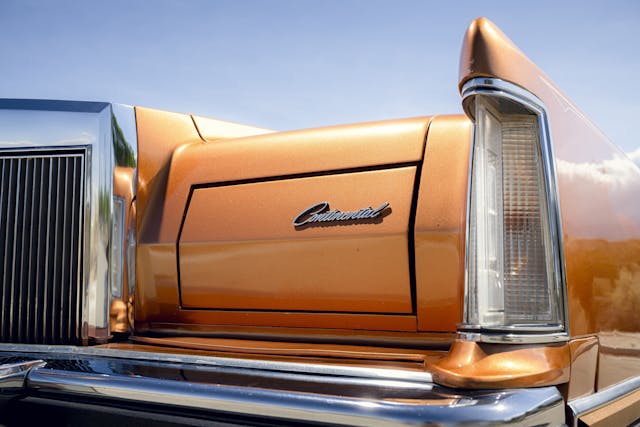

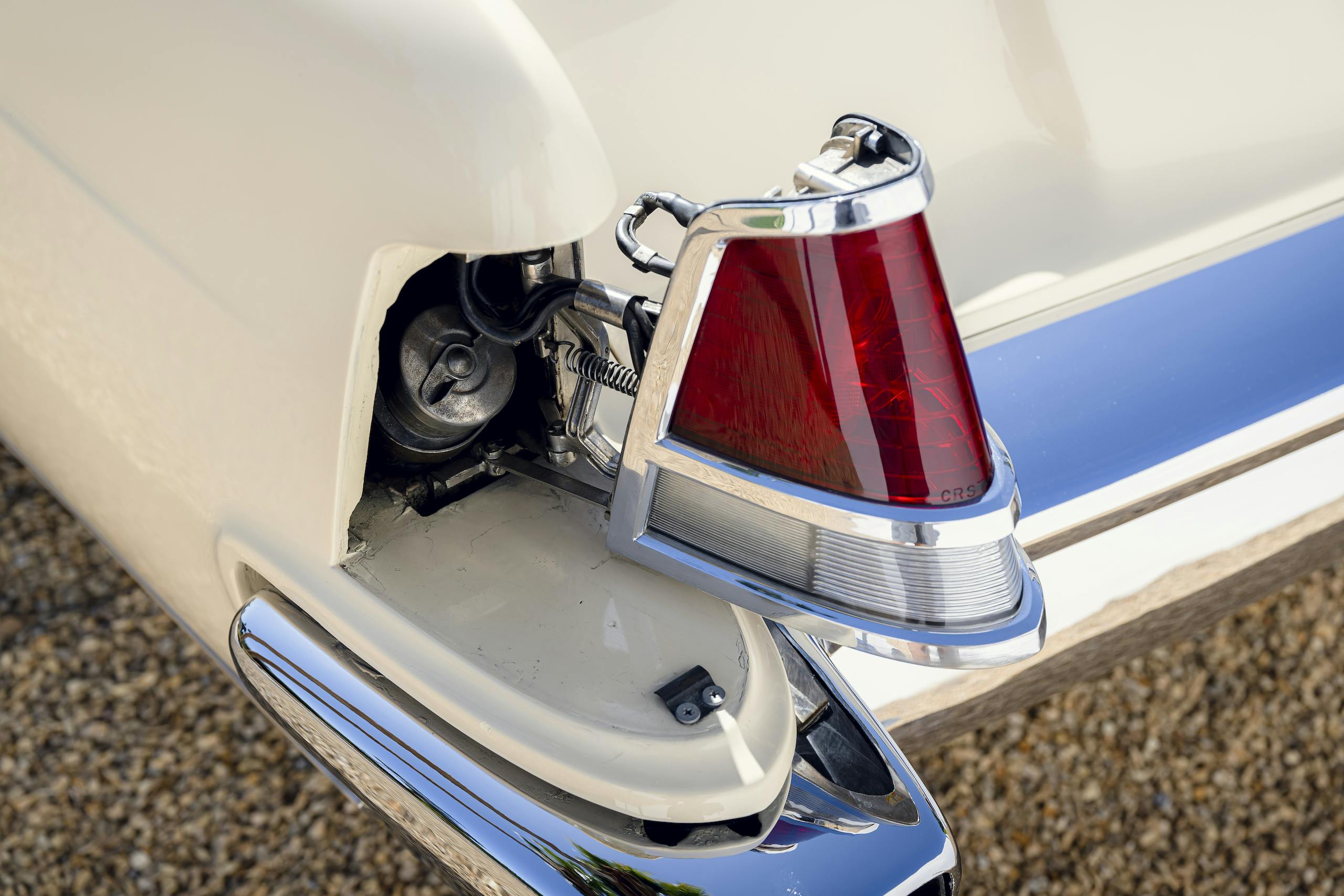
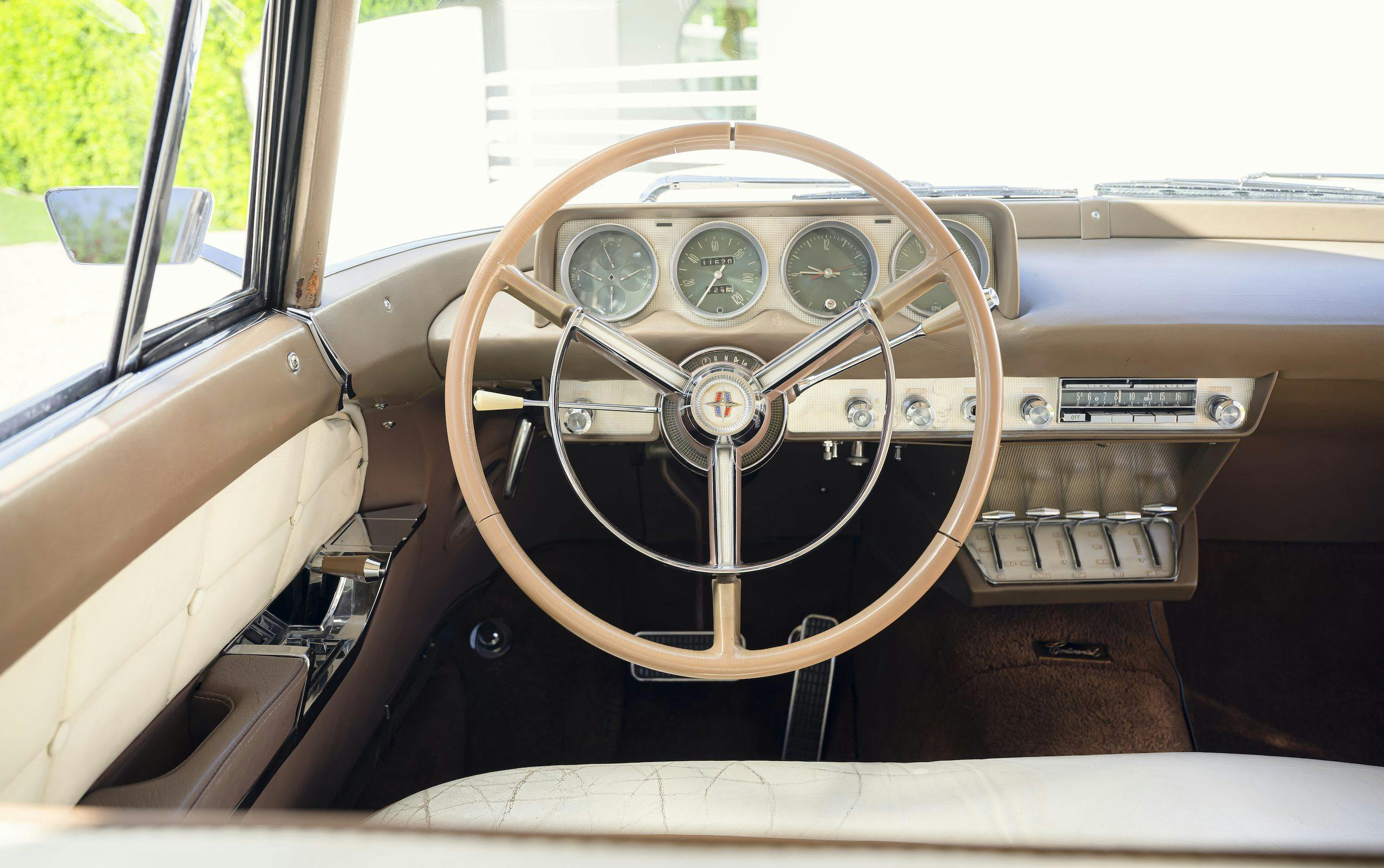


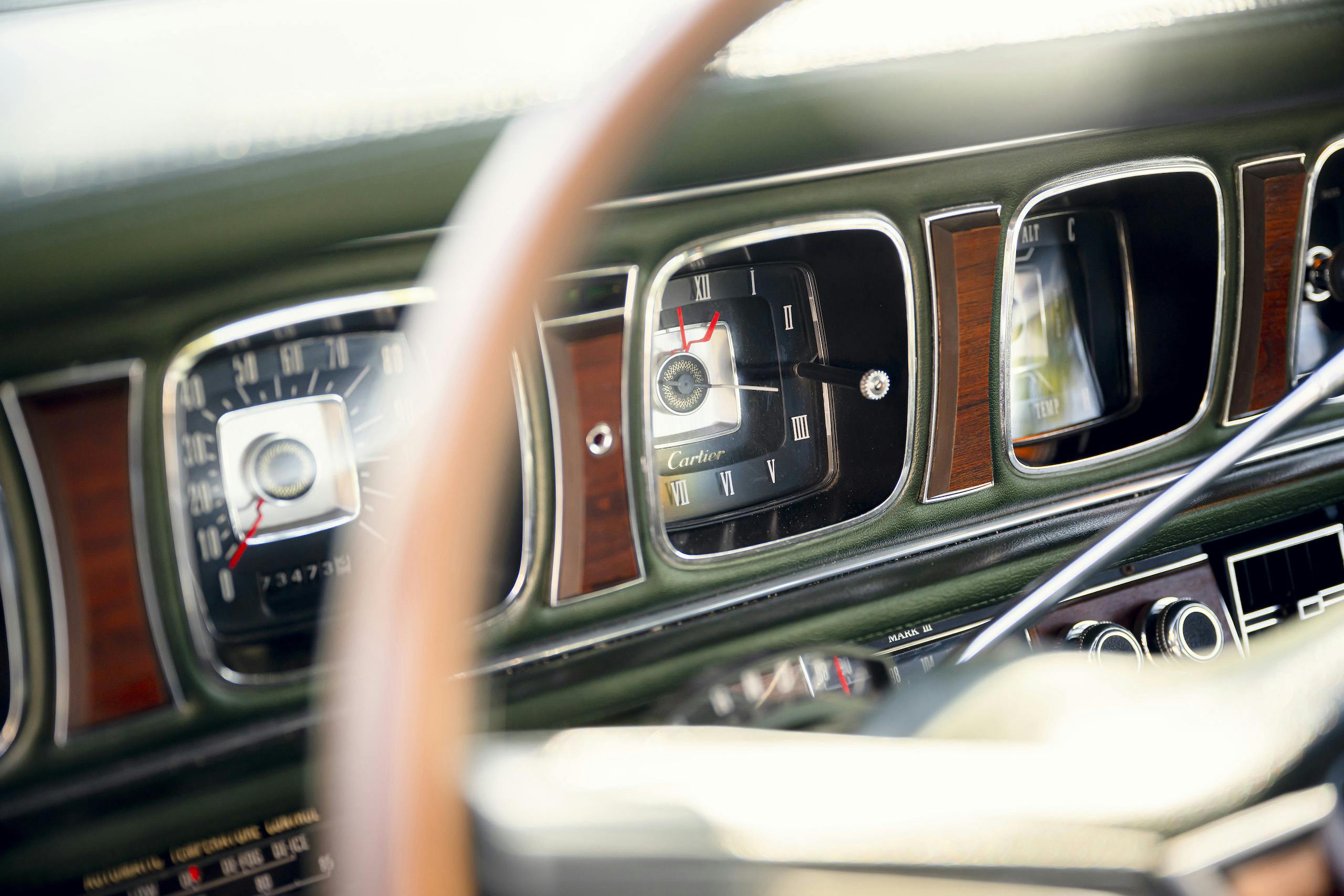
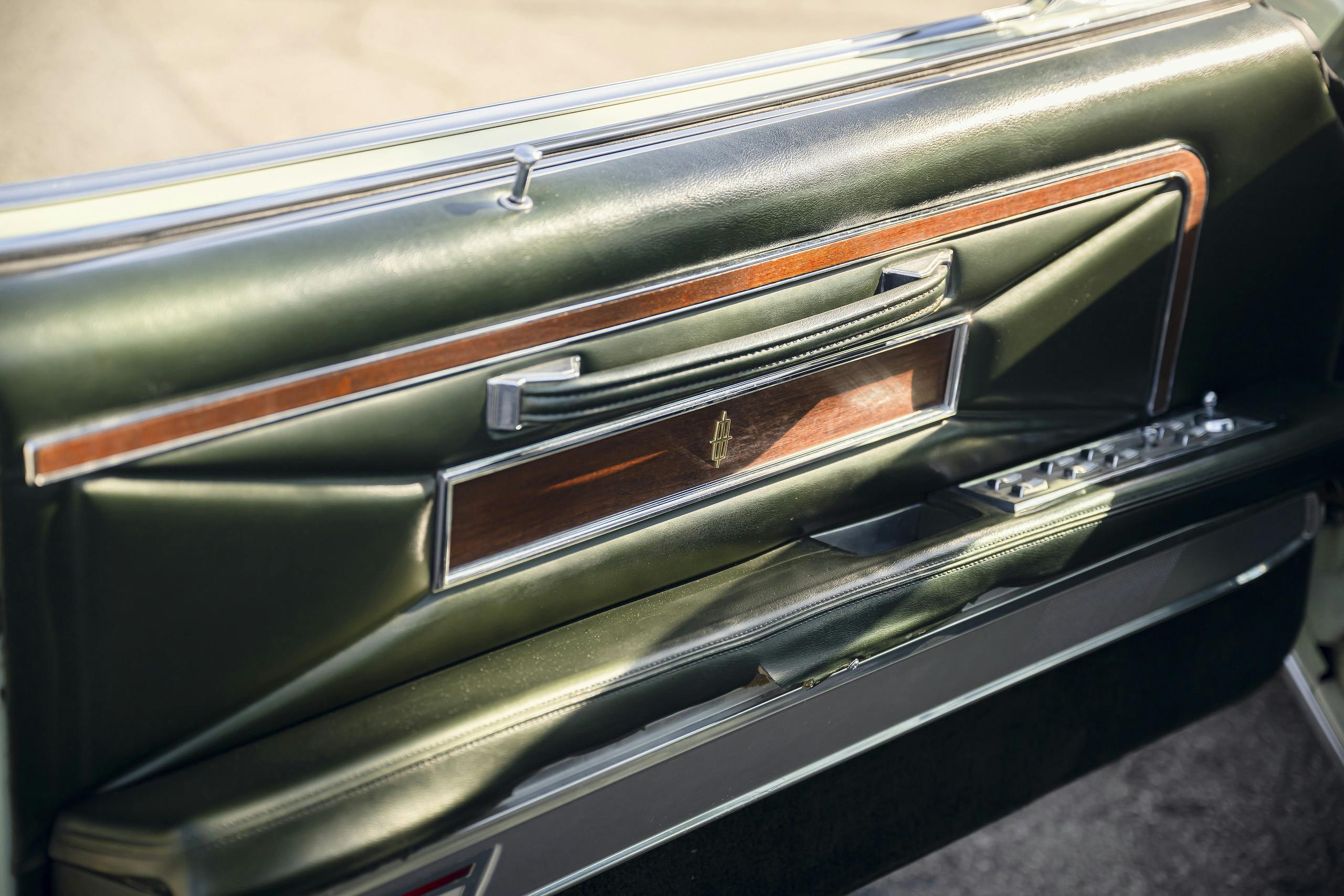

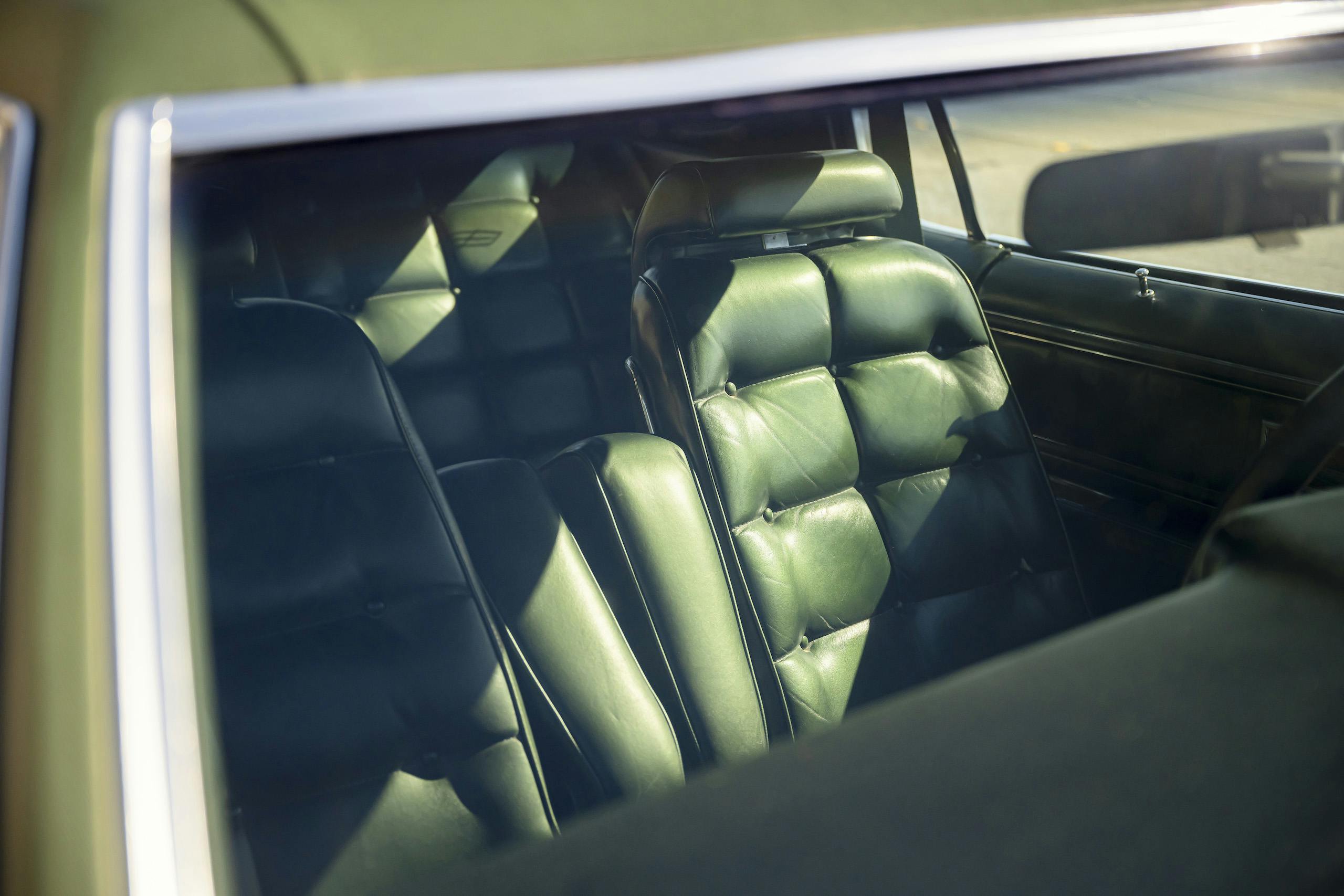


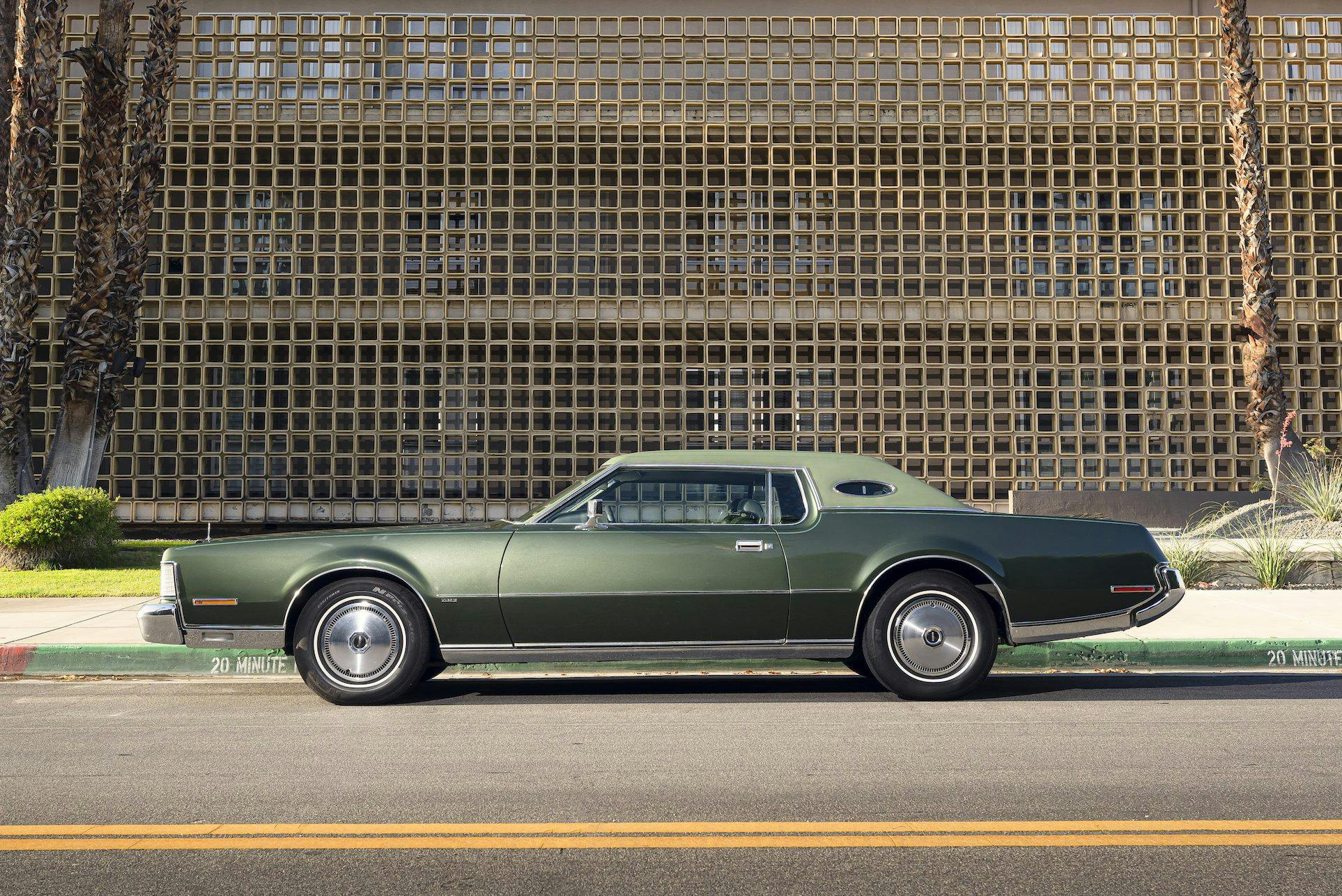
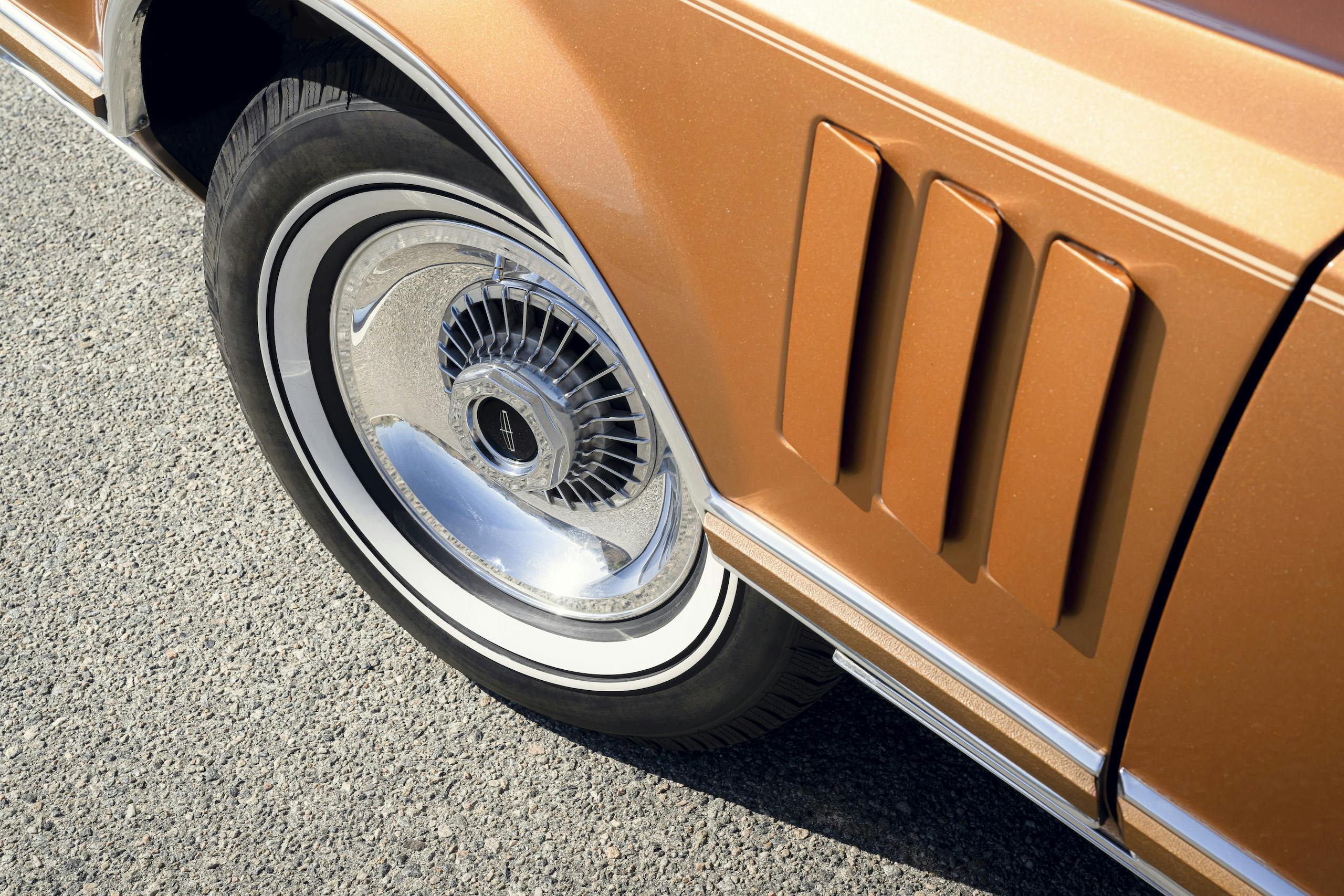
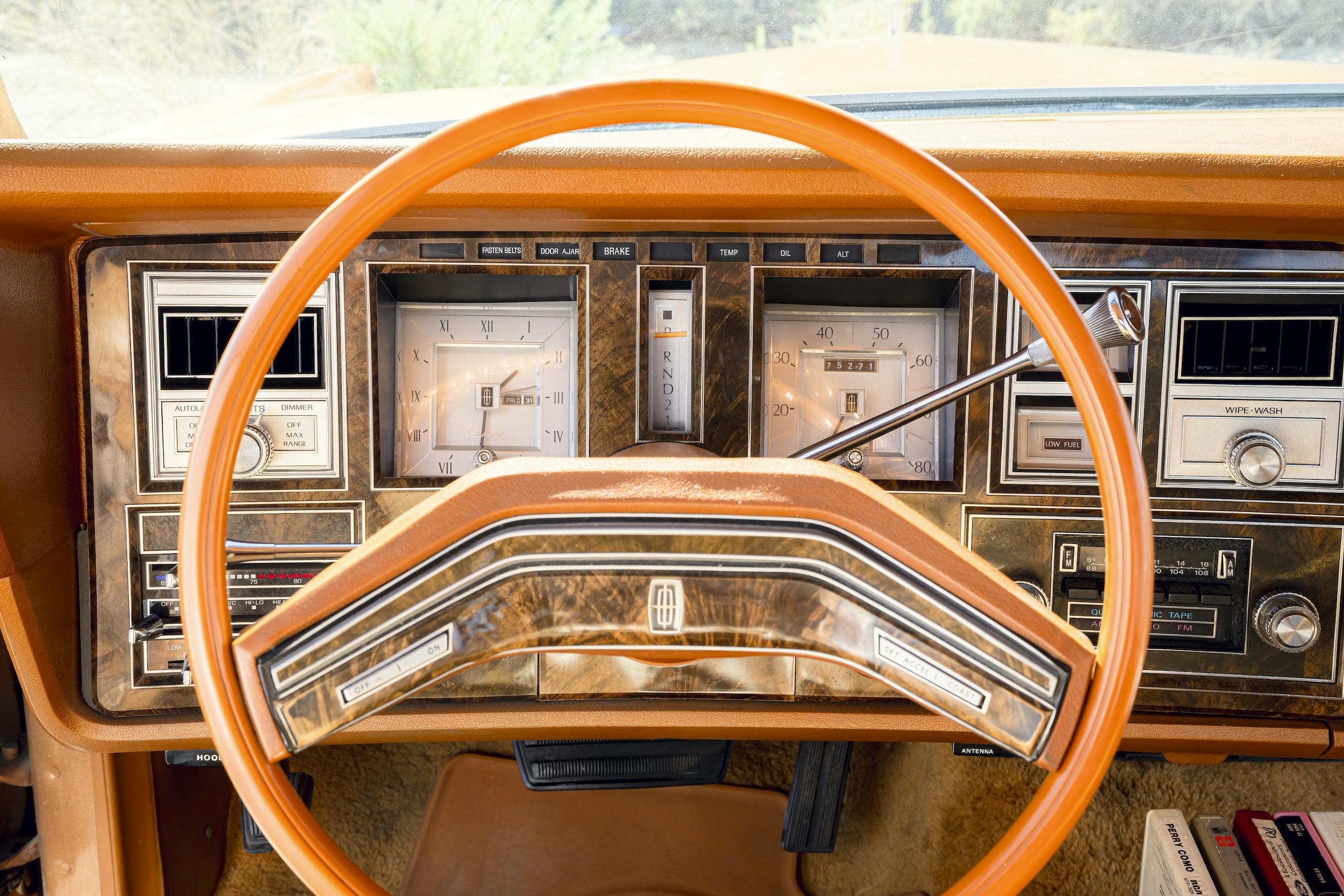

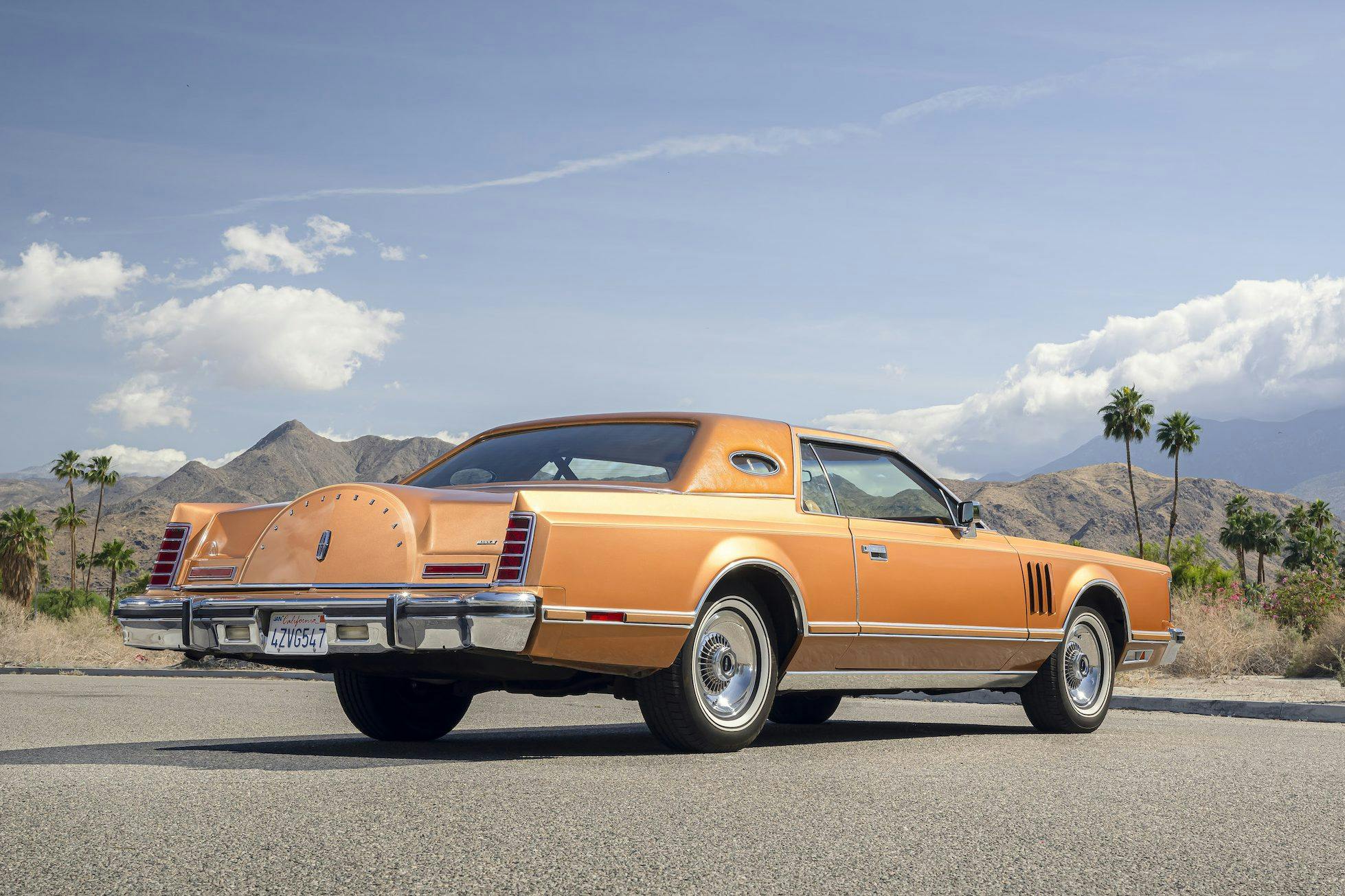
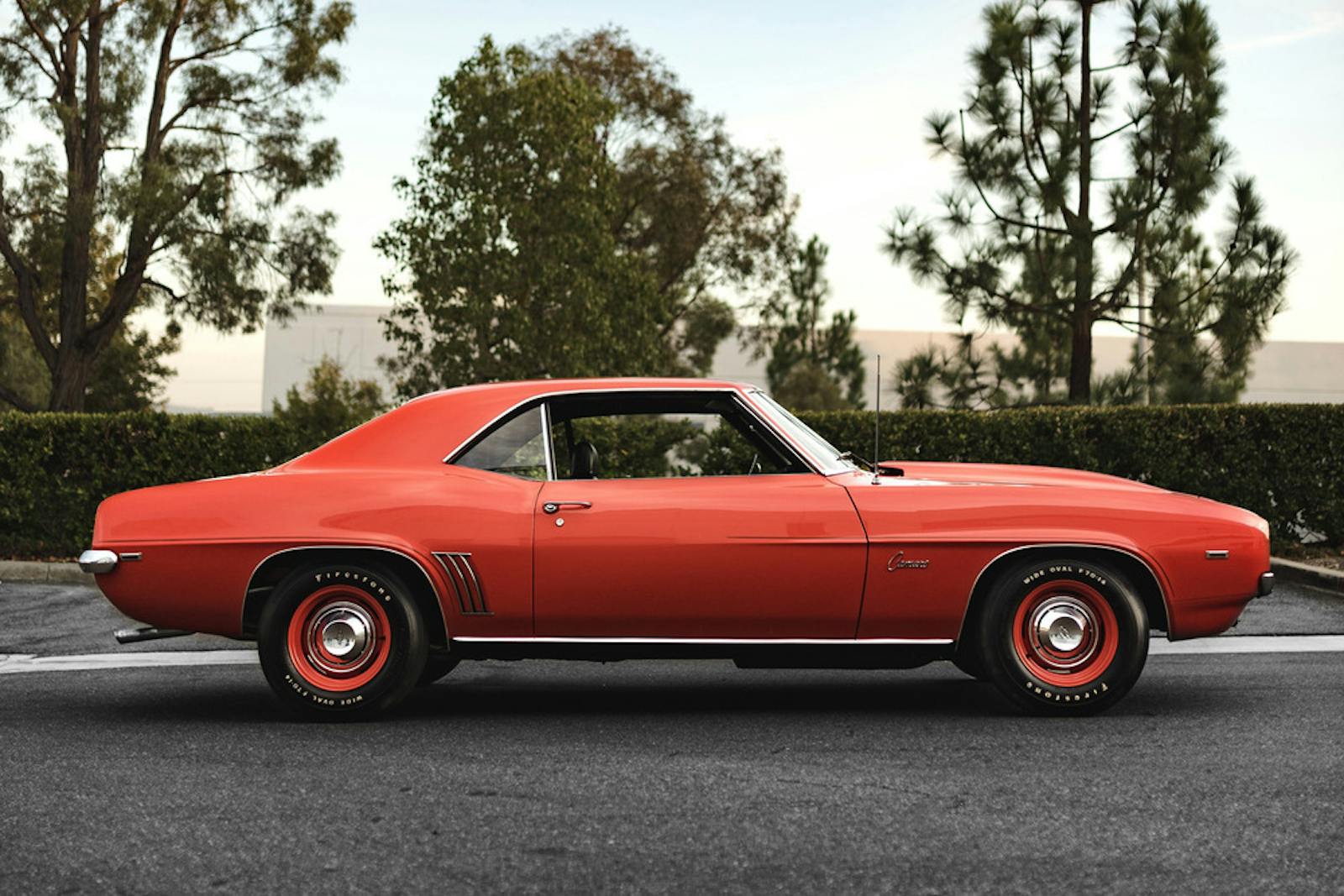

The “Death” of the classic luxury car was caused by multiple factors. One big reason was the 1973 oil embargo which literally changed the way Americans lived. Not just fuel economy in the case of the Great American automobile, but efficiency in the rest of our entire lives and made us look really hard about economic security. All our cars with a few exceptions, got poor fuel economy. The other big factor was the social stigma , the way we looked at cars. People with money to afford a Lincoln, Cadillac or Chrysler had enough money that fuel economy was not an issue, the way they were perceived was that American gas guzzlers were no longer a status symbol, but a symbol of economic insecurity.
As a big person, luxury cars were always catching my eye. The Mark 3 is my favorite body style but the Mark 4 is hard on the heels. I did own the 1978 Lincoln Continental and some late 70s Cadillacs. Body designs of both we’re not nearly what they had been a decade before but they were still comfortable to ride in. Thanks for a stimulating trip down memory lane
The Mark II was a truly lovely car. I just looked one over at a weekend car show and marveled at all the little elegant styling details. That being said, I’ve always loved the look and proportions of the 1972 Mark IV, before the feds slapped on the big bumpers. Could have done without the opera window, but everything else about the car just speaks to me. Would love to have one in my collection someday.
My name is Jorge my all time fuckin favorite has and always will be the 78 mark 5 Pucci car. The t topped Grand Prix the runner-up
The Mark II is the only Lincoln I ever liked. It was simple and beautiful. In ways it resembled a large Thunderbird.
And yet it isn’t a Lincoln. Also, I once made a visual model comparing the lines of the Continental MkII to the 1965 Mustang coupe. They are not quite identical, especially the windshield angle, but the resemblance is uncanny.
When I first read this article in the Hagerty magazine, I really feel this article did a misjudgment in that it only included the Mark series. In the mid-60′ my parents had the big four door Lincoln Continentals, with the suicided doors (1961, 1963, 1966, 1969 and 1973). They were beautiful cars and were called Lincoln Continentals. As for the Mark series, I liked the 72-76 series. It was the most elegant.
I agree that leaving out the mid 60’s Continentals as if they never existed is an insult to the history of the cars. As a youngster in the 70’s I purchased a black 65 with the suicide doors that could haul around plenty of friends in style. Animal House was out and when we pulled out of the cinema parking lot people were pointing at the car, clapping and waving as if John Belushi was about to step out of the drivers door. What a hoot. Will never forget that.
My grandfather had an early 60s. The rear window would roll down and we could get on the trunk lid on the freeway. Windows and locks were vacume operated. Rolled a window up on my little brothers hand. Not good for me or him.
You completely skipped the Continentals of 1958-60, ironically labeled the Mark III, IV and V. Massive in size, and controversial in styling, today they truly stand up as late ’50’s classics.
Mark V
From 1956-1960 Continentals did not read Lincoln on the registration. They read Continental. That’s how my 1960 Continental MarkV convertible reads. And yet the article bypasses them.
They look like something Rodney Dangerfield would drive.
Yep! My 1958 Lincoln Continental Mark III Convertible is a sweet vehicle, and when running – it was definitely an eye catcher! Can’t forget these years 1958-1960!
I like them all! The Continental and Mark II are amazing classics, I wish I could get to drive one of them!
I love the Mark III but the bumpers get too big on the front of the IV and both the front and back of the V but I guess they had to do that for the feds, but I still like them. While my collection is exotics and muscle cars, I would like to add one of these to my collection someday!
The Mark 2 was the classiest of all, luxury marked with European sports car flair. I built a plastic model of the Mark 2 in the late fifties and kept it for over 50 years. Somehow it disappeared in one of our many moves. Would build it again if I can find the kit.
Mark V, great value, sharp bold lines
Agree! The best! But the ’39-40 Is a close second!
How does the Town car fit in?
As other posters have said; I love them all. That said, I do have my favorites. The original Marks l, ll, have a look that is now famous. I have always loved the 1956 Premier, to me they are the Lincoln standard. They also look like they would fit right in as Disney character. Maybe that’s just me. The 1958, 59 and 1960, Lincolns are so unique they will always be one of my favorites. I once read the Ford executives called the slat eyed monster. Those Lincolns as far as I can tell, were the first American cars to use the canted headlight look. They were soon followed by the 1961, and 62 full-size Chryslers. I have always thought the car designers of the Big Three have very creative ideas, there are some mid-50s taillights that seem to have very unusual designs. The 1956 Chevrolet taillights have always fascinated me. They are just too weird to explain. The 1961 through 1969 Lincoln Continentals have won awards, and were a level set for all American luxury cars. We all love the 69 Mark llls, and their close cousins the Thunderbirds. But in my opinion, the 1971 through 1978 Lincoln Town Cars are the best examples of what full-size Lincolns should look like. From what I read, the 1974 through 75 Mark lVs are one of my all-time favorites, and that’s mainly because of the 5 mph bumpers front and rear. They give the car a royal presence that sets off the front and rear styling. But that’s just me. From 1980 until the early 2000s, the Town Cars and Marks are great evolutions of their existing styles. I actually owned a black with black leather Mark Vll, LSC. My friends all told me the LSC, fit me perfectly. I would have to agree.
You missed my favorite Continentals (allbeit, not “Mark”s), the 1961-63s. They were a “marked” departure from the often flamboyant trend of the late 50s-early 60s which I also liked. I admit to prejudice as I enjoy my ’63 convertible and it does seem to get more attention than any of the Marks at car shows..
I think the Mark V is Lincoln’s crowning achievement. It totally outclassed the Cadillac in every way. I dreamed of owning one back in the day, but the payments would have wrecked my budget. I settled for a new ’78 Thunderbird Diamond Jubilee instead. The T-Bird was a beautiful car, but it just didn’t measure up to the Mark V.
IMO the 72 Mark IV was one of, if not the best design. I had a triple black one that I sold in 2018. Elegant!
I think the original Mark IV, from 1959, is one of the best. One of the longest cars ever, beautiful front and rear, very luxurious.
Mark IV: Can you say “Thunderbird”?
Very interesting review of the marque, as well as the Mark, and their history. The fates of the Cadillac and Lincoln companies were intertwined at birth, and they have remained each other’s competition ever since: Continental vs. Eldorado, Town Car vs. Sedan de Ville, Navigator vs. Escalade. Hardly surprising, but what a narrow band given the huge field of competition right down to the present between high-end marques in, say, Britain, with its Rollses, Bentleys, Jaguars, Astons, and until fairly recently Daimlers, Lanchesters, Rovers, and Bristols. Which other truly high-end American brands survived the 1950s?
The four-door Continentals of the 1960s and early 1980s have been left out for obvious reasons — they were really just borrowing the name that properly belonged to the two-door cars, along with their halo effect (i.e., for marketing purposes). I owned a 1980 four-door Continental Mark VI, which was purely and simply a Town Car with the hidden headlights, shark gills, vinyl landau-style roof, and opera windows from the Mark V. Those items nicely dressed up an otherwise fairly plain car, true, but they were just tacked on. I think it actually looked better than the two-door Mark V that was its obvious inspiration. The vagaries of maintaining a rare 40+ year old vacuum system for the headlight covers, and a lack of appropriate storage, finally led me to part ways with that car, my final collector vehicle. Our hobby has been monetized as a business and my interest is now purely historical, not practical.